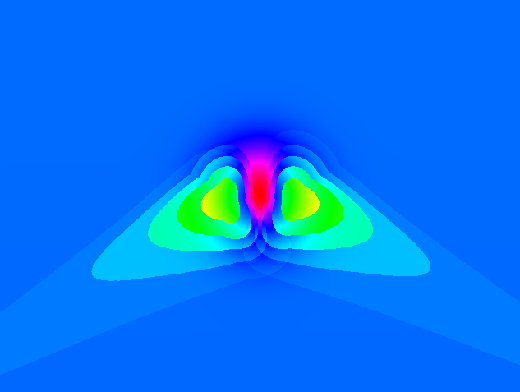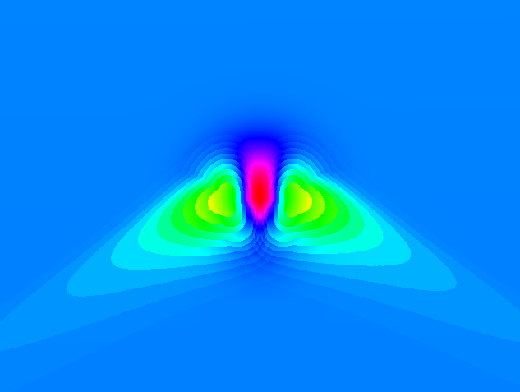R.sun
Help page
- r.sun manual page
Tips
The speed of r.sun is much higher if r.horizon is used first and the resulting maps are given as input to r.sun. Background: the horizon needs to be computed only one time before, not in every step within r.sun. See the example at the end of the r.sun help page.
Testing
Create an artificial surface containing a Gaussian mound:
r.surf.volcano out=gauss method=gaussian kurtosis=1
Overlay some 100m contours to show underlying topography:
r.contour in=gauss out=gauss_100m_contours step=100 d.vect gauss_200m_contours color=white
Set map's color table to highlight detail:
r.colors rad_test.day355.beam col=bcyr -e d.legend rad_test.day355.beam range=1300,1500
Time step
The following three images demonstrate the effects of using different time step parameters.
r.sun -s elevin="gauss" glob_rad="rad.global.30minT" day=180 step=0.5

r.sun -s elevin="gauss" glob_rad="rad.global.15minT" day=180 step=0.25

r.sun -s elevin="gauss" glob_rad="rad.global.03minT" day=180 step=0.05

The 3 minute time step takes roughly ten times as long to run as the 30 minute timestep.
ToDo
- Add support for OpenMP parallelization